The use of AI in translation and to streamline texts and preparation of communication has become a common experience. The applications in medical fields are less well known. Scans and checking of skin cancer could be a game changer for many who live far away from the next medical doctor. AI assisted brain surgery is another issue, but a very specialized application. The interface of AI and robotics might be another game changer as such applications where you train the robot with for example weight lifting and transportation charges can contribute to alleviate human skeletons. Handheld devices can guide the robot and data from sensors will complement the learning of the tasks through assistance from AI. Applications are manifold and we have not even seen the most promising ones. The application potential in warfare are particularly troublesome as humans do not necessarily enter into the concern of AI-assisted weaponry. In the social sphere trust is a crucial behavioral and ethical concern. These issues AI can only learn from us. Any attempts to do without human input and control is doomed to fail. We are not indispensable yet, we are simply turning more and more into responsible, supervisory roles.
(Image: Acatech exhibition with hands-on AI applications, Berlin in collaboration with IQZ and DTM, German museum of technology.) 






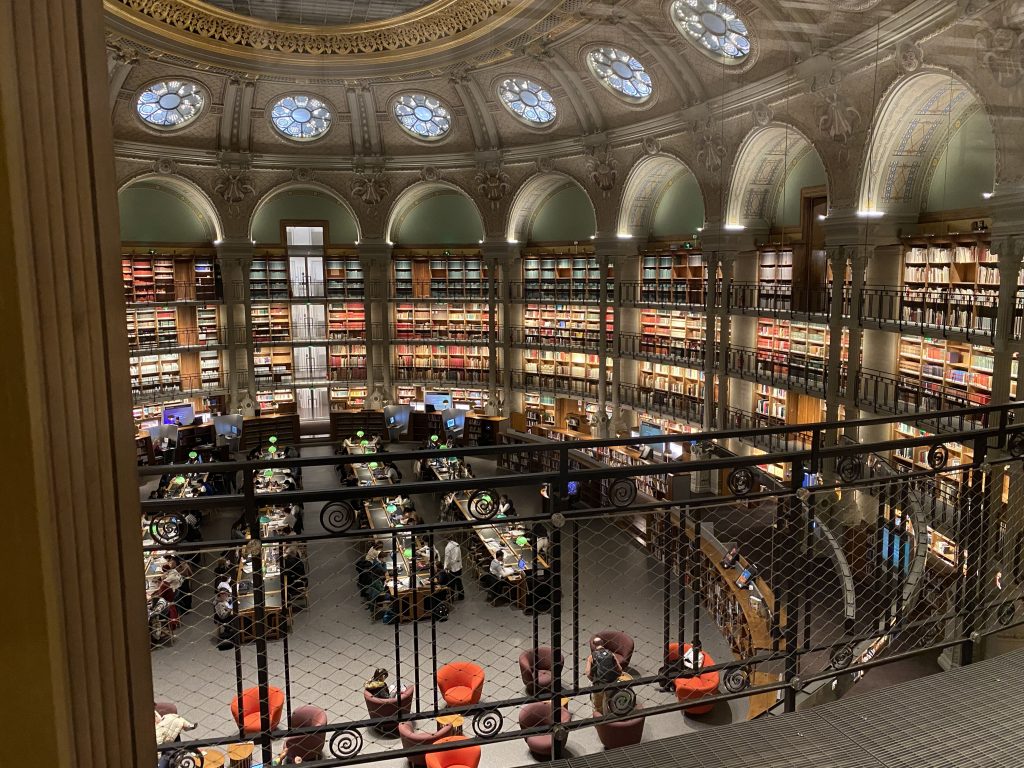
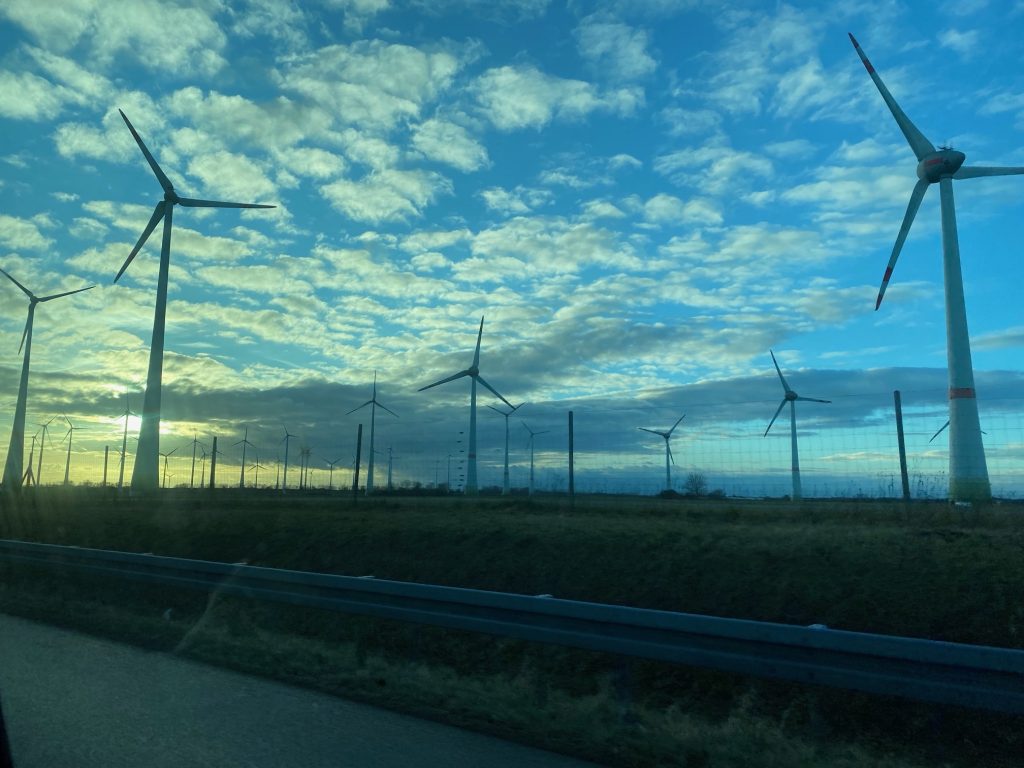
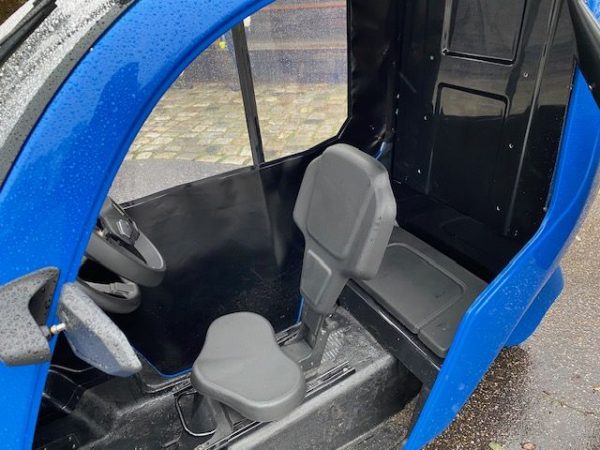
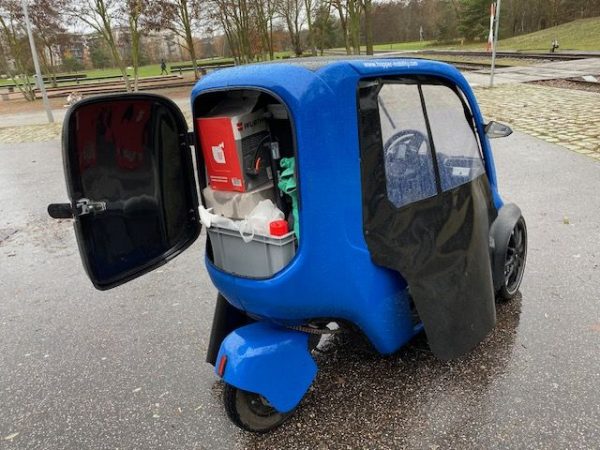
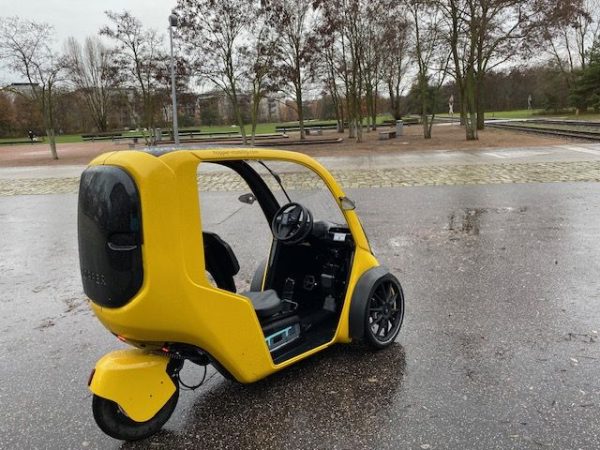
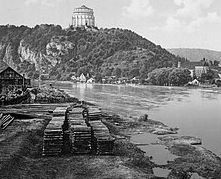 Die
Die